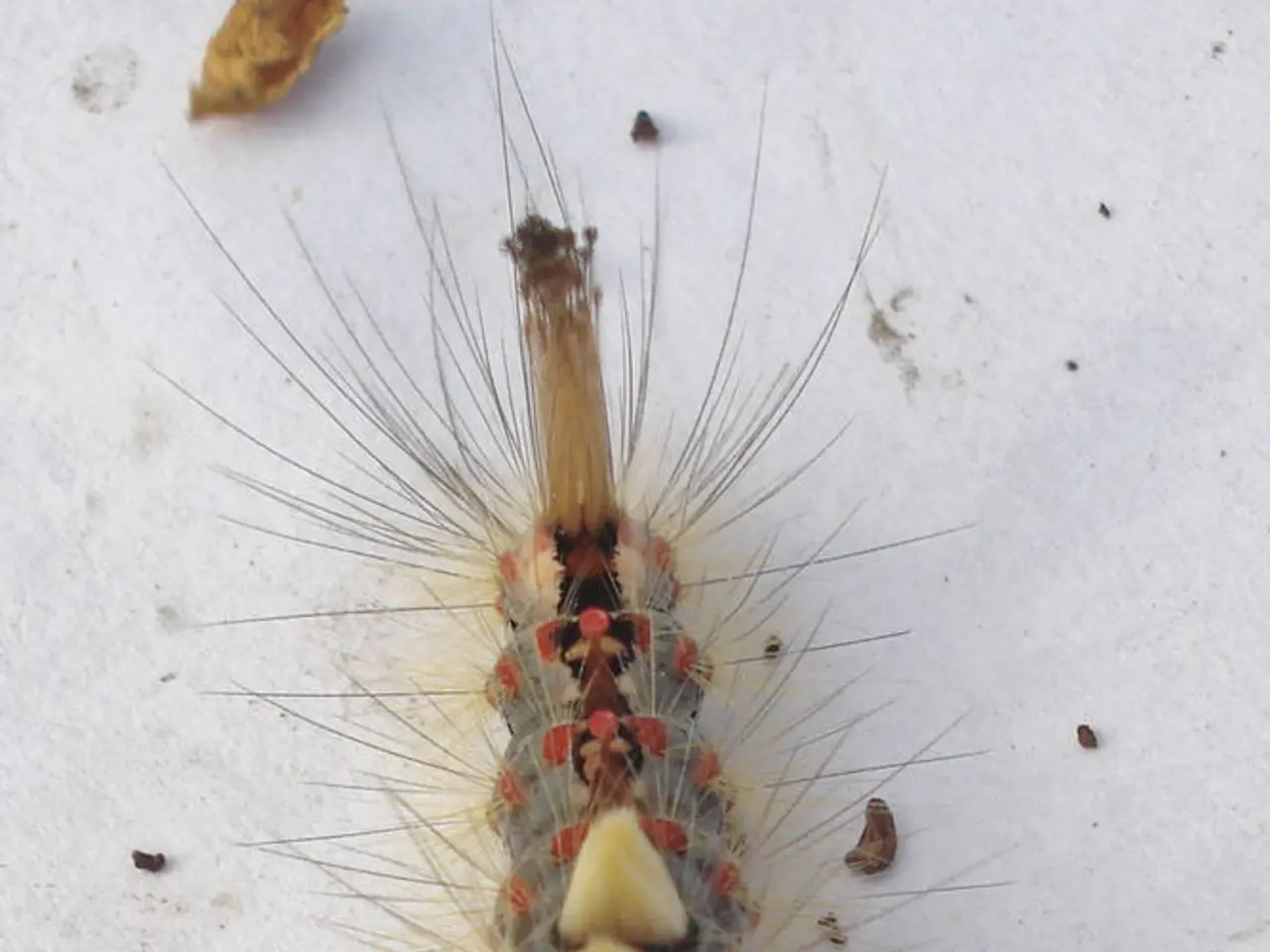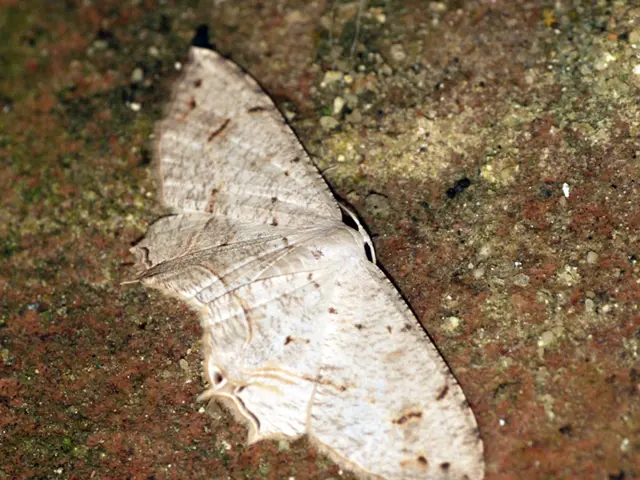Wi-Fi Intrusion Using "Pixie Dust" Leverages WPS for Pin Acquisition and Network Connection
In the digital world, the security of our Wi-Fi networks is paramount. Recently, a concerning issue has come to light: the Pixie Dust Wi-Fi attack. This attack targets devices with Wi-Fi Protected Setup (WPS) enabled, a feature found in routers from companies like Linksys, D-Link, AVM (FritzBox), and others.
The attack works by exploiting vulnerabilities in WPS implementations, particularly those without updated firmware patches. The attacker first requests the WSC NVS PIN attribute from the router. Once they have this, they can proceed with the attack.
The attacker then sends a series of requests to the router, which, if successful, will reveal the Network Key - in this case, the WPA2-PSK. After recovering the WPS PIN, the attacker sends a final EAP-TLS EAP-Response containing the correct PIN. If the router accepts this response, it will return the EAP-Success message and allow the registrar role.
To defend against the Pixie Dust attack, patching firmware to ensure proper nonce randomization or disabling WPS is the only reliable solution. Users are also advised to verify router settings or apply vendor updates that remove WPS PIN support.
Moreover, technical tools like Reaver and Bully have been extended with a pixie-dust flag to automate nonce analysis, making the attack easier to carry out. To prevent this, enabling 802.11w Protected Management Frames can raise the bar against attempted nonce interception and message forging.
It's important to note that many older devices from these manufacturers are still affected by the Pixie Dust Wi-Fi attack. For instance, AVM FritzBox models, such as the 7530 AX, support WPS, but users are advised to update firmware and disable WPS to mitigate risks.
In summary, the Pixie Dust Wi-Fi attack is a serious concern for devices with WPS enabled. To protect your Wi-Fi network, ensure your router's firmware is up-to-date, disable WPS if possible, and consider enabling 802.11w Protected Management Frames.
When carrying out a typical attack, the command often includes specifying the monitor-mode interface (-i wlan0mon), designating the target BSSID, and enabling verbose output (-vv). By staying vigilant and taking these precautions, you can help secure your Wi-Fi network from the Pixie Dust attack.
Read also:
- Amazon customer duped over Nvidia RTX 5070 Ti purchase: shipped item replaced with suspicious white powder; PC hardware fan deceived, discovers salt instead of GPU core days after receiving defective RTX 5090.
- Cyber aggression intensifies by China-backed TA415 group, targeting Taiwan's semiconductor production and supply networks
- Malicious applications with 38 million installs on Google Play have been removed; here's what you can do to ensure your device's security.
- Business Woes Unveiled: The Sticky Situation of PCI Compliance Revealed as a Valuable Ally for Your Enterprise







